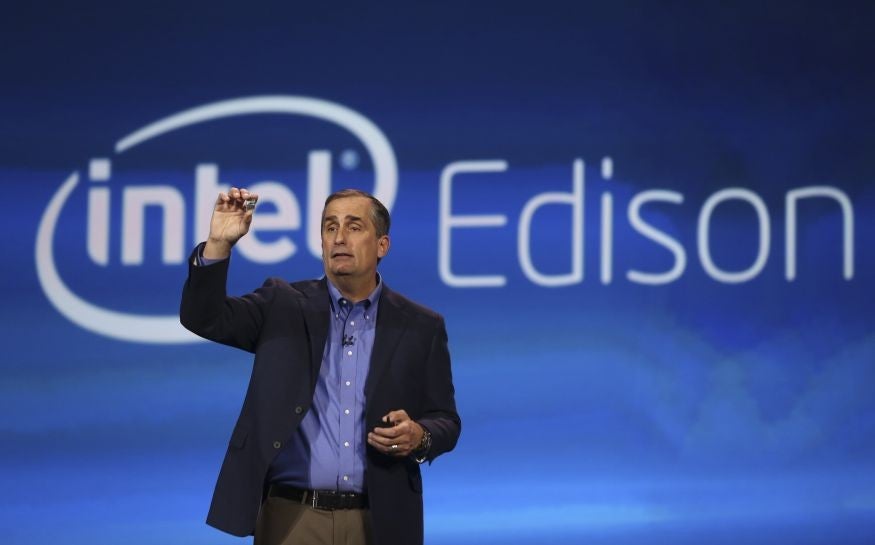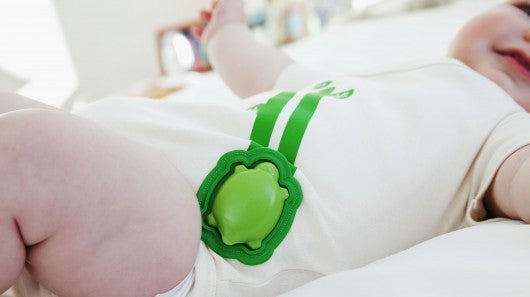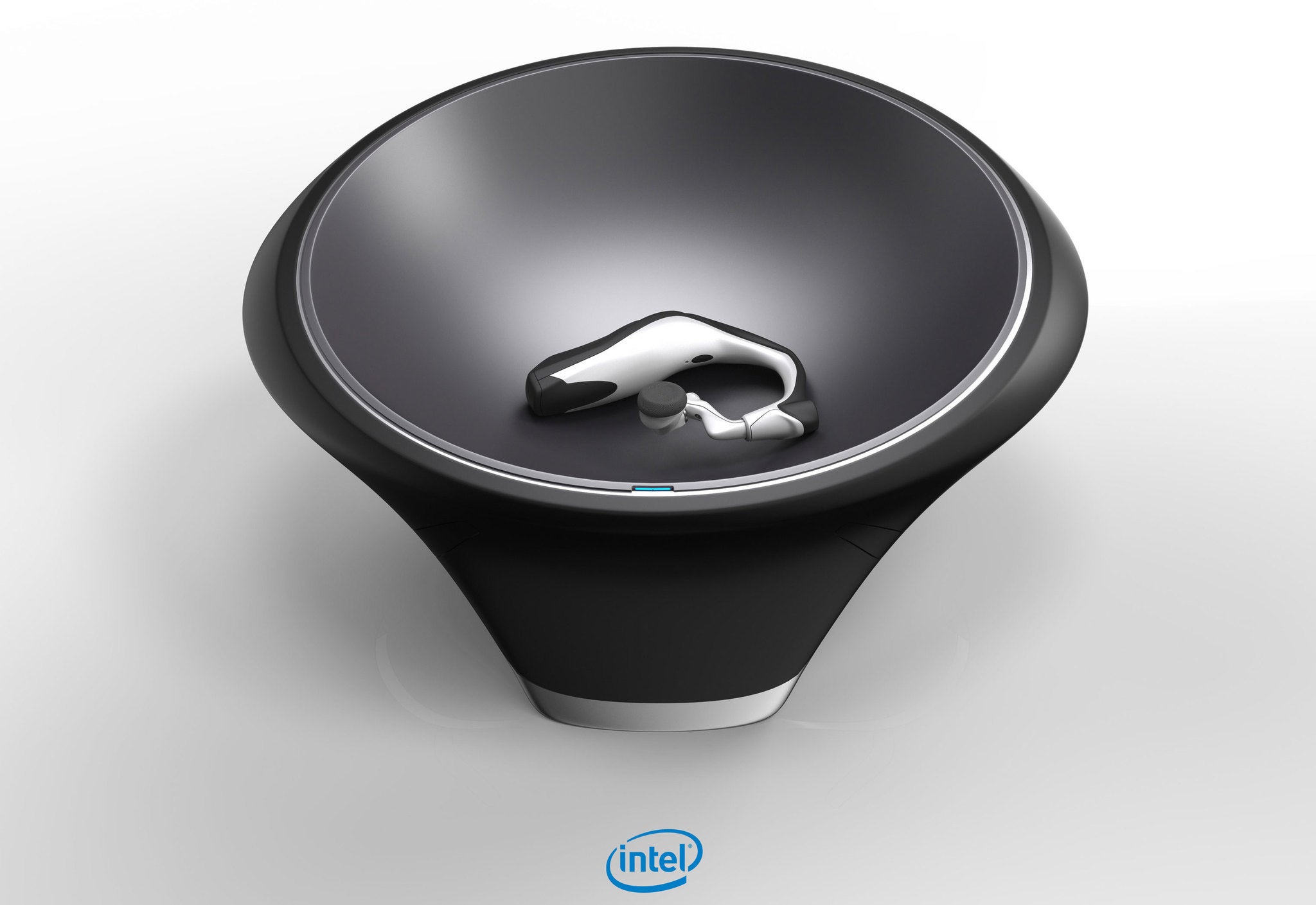Intel introduces Edison: a computer the size of an SD card to kickstart the 'internet of things'
Intel are hoping the tiny computer will be used by small manufacturers to endow their products with connected smarts and sensors

The word out of this year’s Consumer Electronics Show in Las Vegas is Edison, Intel’s most important innovation in years.
Edison, essentially a miniature computer crammed into an SD card, promises to make ordinary objects 'smarter' by endowing them with internet connectivity and various sensors.
Intel think that Edison could be a breakthrough technology for the internet of things and is also hoping that the computer will be used in wearables after its release in mid-2014.
The miniature computer comes with a dual-core CPU, 500mb of RAM and runs on Linux, the longstanding open source operating system. It's also boasts some respesctable connectivity, and supports both WiFi and the new low-power Bluetooth standard.
At the unveiling of Edison, Intel CEO Brian Krzanich demonstrated how it could work with a range of devices.
A “smart nursery ecosystem” called the Mimo (it's actually a onesie with a removable, turtle-shaped sensor clipped on) uses the Edison to monitor a baby's vitals (including temperature and heart rate) before sending reports back to the parent. It can even sync up to a bottle warmer, detecting when a baby has woken up and automatically warming milk for feeding.

In a press release, Intel writes that Edison will “enable rapid innovation and product development by a range of inventors, entrepreneurs and consumer product designers.”
They understand that their new prize product will “reduce the size and cost of products while adding functionality,” but, as the hardware company, it’s not on Intel to figure out what to do with it.
However, consumers won’t get to se see what Edison can do until tech companies get to grips with it, meaning we might have to wait till 2015 before we get our own digitally-enable onesies
But CEO of Rest Devices Duclie Madden has said, "We’re used to learning on our feet, the barrier to getting Edison onboarded on our team was very low."
Intel is counting on Edison to jumpstart the market of wearable tech; at CES it announced partnerships with the Council of Fashion Designers of America and major US retailers Barneys New York and Opening Ceremony. It also launched the “Make It Wearable” competition with a grand prize of $500,000.
It will be interesting to see if Edison does in fact herald an age of wearable technology or whether, as with CES this year, the public's interest is drawn to more practical products. Despite all the fuss surrounding Edison, it seems that the crowd were most impressed by Intel's 'smartbowl': a bowl that you can drop your gadgets into when you get home to let them charge wirelessly.

Join our commenting forum
Join thought-provoking conversations, follow other Independent readers and see their replies
Comments
Bookmark popover
Removed from bookmarks